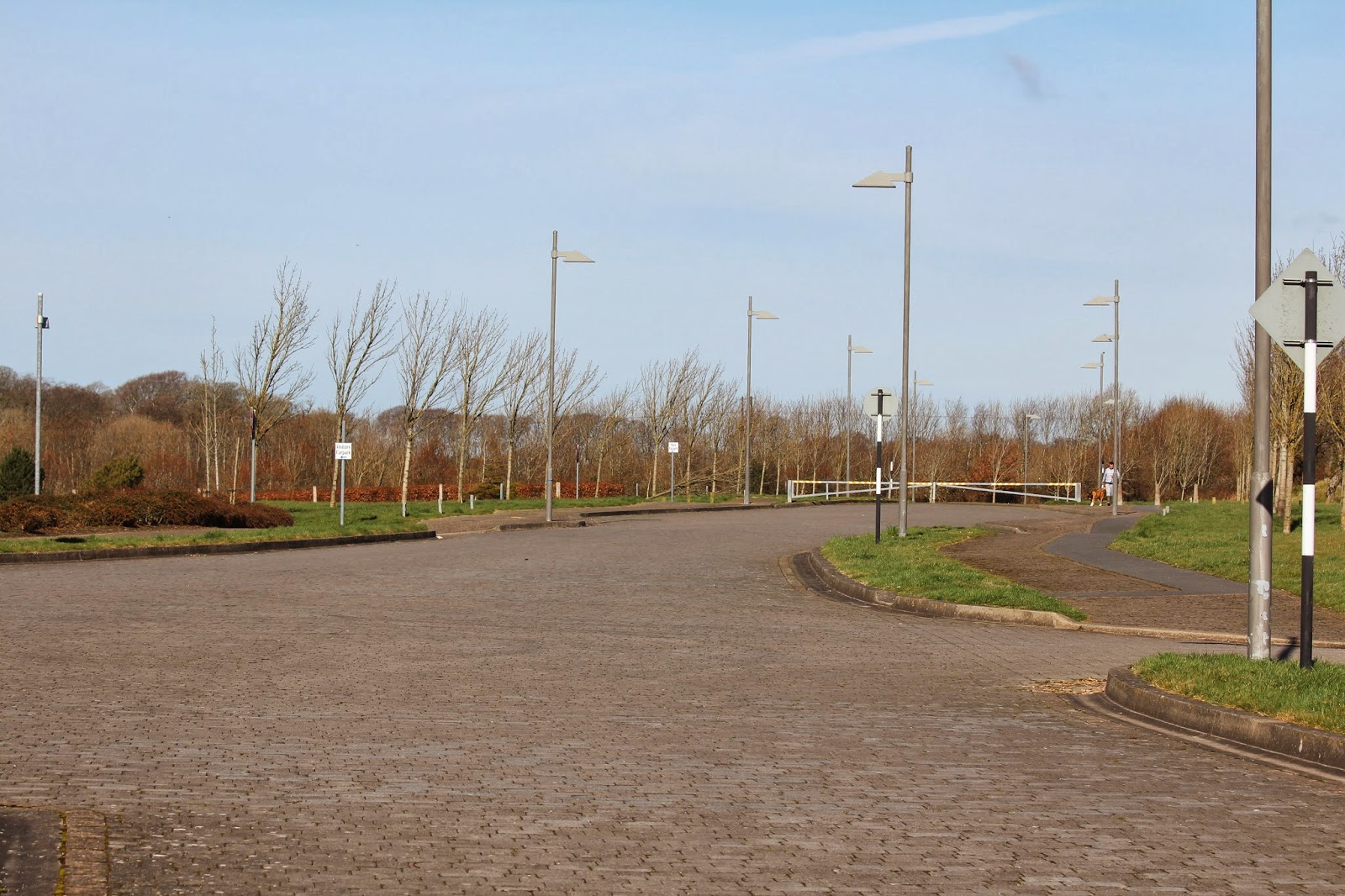Put a good bit of effort in on the Kilcoole patch through February to make up for lost time on account of playing cat & mouse with the weather on the R.V. Celtic Explorer for 2 weeks during the latter half of January.
The undoubted highlight of the past month was finding an adult RING-BILLED GULL on the coastal fields at ECNR on the afternoon of 20th Feb, among a decent sized flock of 130 Common Gulls (starting to build in numbers here these past few weeks). The Ringer was my 3rd patch record and the first since 1997! Despite having seen 7 other Ringers between Nimmo's, Sandymount & Wexford Harbour in previous weeks, it was a buzz picking up this one! A real #patchgold moment.
 |
| Adult Ring-billed Gull @ ECNR coastal fields |
Another surprise was the RUSSIAN WHITE-FRONTED GOOSE found on 8th Jan which made a sudden reappearance with the Greylag flock at Newcastle on 28th Feb. I wonder where it has been all this time?
To make the most of the manky winds & rain over the past few weeks, I tried my hand at some winter seawatching from the train station platform at Kilcoole (highest vantage point available). This payed real dividends in the form of a breeding plumaged Great Crested Grebe flying North on 20th Feb. A species I missed out on in 2013. A decent passage of 390 Kittiwakes South in 1 hour on 25th Feb also had a nice adult Little Gull tagging along with them. Other than that, small numbers of Fulmars & Gannets, 5 flyby Common Scoter, a single Mediterranean Gull and the 2 Great Northern Divers still in their usual spot were the best of the rest. Red-throated Divers, auks & Shags have become really scarce recently. I reckon the continuous turbulent seas may have changed the dynamics of the feeding setup? The biggest effect of this has been my inability to add Black Guillemot to the patch year list through Jan & Feb. Normally an easy species to get here!
 |
| You may not seawatch beyond the yellow line! |
Webb's field & lagoon flooded nicely after a period of heavy rain offering some great feeding and attracting in goodies like Greenshank, a Grey Plover with 94 Golden Plover & a pair of Gadwall. Numbers of other wintering species peaked at 286 Icelandic Greylag Geese, 545 Light-bellied Brent Geese, 15 Shelduck, 35 Oystercatchers, 49 Redshank & 106 Dunlin. Most impressive of all was a flock of c.750 Icelandic Black-tailed Godwits, the most I've ever seen on site. Surprisingly there wasn't a single Barwit with them! The Shoveler have really taken well to the flooded coastal fields at ECNR with 68 counted there on 28th Feb.
 |
| Webb's field & lagoon |
 |
| Greenshank |
Birding the farmland around the edges of the patch resulted in Treecreeper being added to the list, quite a few Yellowhammers & Stock Doves and several common Raptors along with adult male & juv female Peregrine, juv Merlin and male & ringtail Hen Harrier hunting on the marsh too. A Carrion Crow found at ECNR by patch interloper Dave Suddaby was a welcome addition to the list on 28th Feb. It seems to be paired to a Hoodie so we'll see if it hangs around and produces some hybrids.
To top it all off, there have been some really cracking calm, mild & sunny days lately with singing Skylarks & Reed Buntings, displaying Lapwings and a handful of migrating Lesser Black-backed Gulls indicating that Spring is certainly on the way.
 |
| BirdWatch Ireland Wicklow Branch outing to Kilcoole |
 |
| One of three Otters which showed extremely well during the Wicklow Branch outing © Fianna McGinley |
Been a few dips so far too: Glaucous Gull, Iceland Gull (patch bogey), 2 Jack Snipe, Pink-footed Goose, 3 Purple Sandpipers (patch mega) & a Chiffchaff all seen by other local birders.
But despite that, the current patch year list figures are 95 species, 121 points & 59.6%. That's 4 species ahead of Feb 2013. BirdTrack stats for Jan & Feb stand at 12 complete lists & 636 records.
















